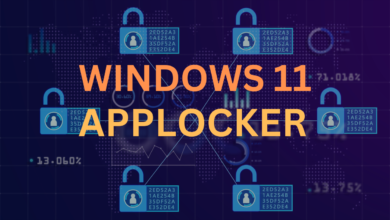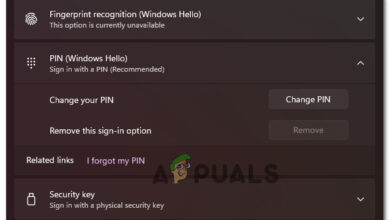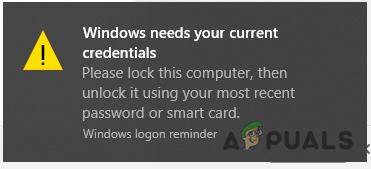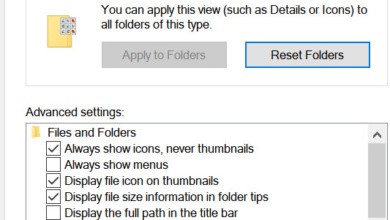How to Prevent Users from Uninstalling Applications from Start Menu in Windows?
The Windows Start Menu has been improved with every version of Windows. In Windows 10, users can easily uninstall the applications from the Start Menu without any need of opening the Settings app. This is a very convenient feature that saves time for users for uninstalling any application on their system. However, if the PC is used by multiple users, then the standard users can also use this feature to uninstall the applications. In such cases, you can simply disable the uninstall feature of the Start Menu for that specific user.

Preventing Users from Uninstalling Apps from Start Menu
Whether you are using your own or guest account, you may want to prevent others from easily or accidentally uninstalling applications from the Start Menu. We already have an administrative tool that can help in disabling this feature on Windows 10. The Local Group Policy Editor has a specific setting, especially for this feature. However, we have also included the Registry method for the users that do not have access to the Local Group Policy Editor.
Method 1: Using the Local Group Policy Editor
The Local Group Policy Editor is a Microsoft Management Console through which users can control the working environment of the user and computer accounts. An administrator can use this tool to modify the different type of settings for their operating system that isn’t available in the Control Panel or Settings app.
Note: If you are using the Windows Home operating system, then skip this method and try the Registry Editor method.
- Press the Windows + R key combination to open a Run dialog. Next, type “gpedit.msc” and press the Enter key to open the Local Group Policy Editor on your system.

Opening the Local Group Policy Editor - In the User Configuration category of the Local Group Policy Editor, navigate to the following path:
User Configuration\ Administrative Templates\ Start Menu and Taskbar\
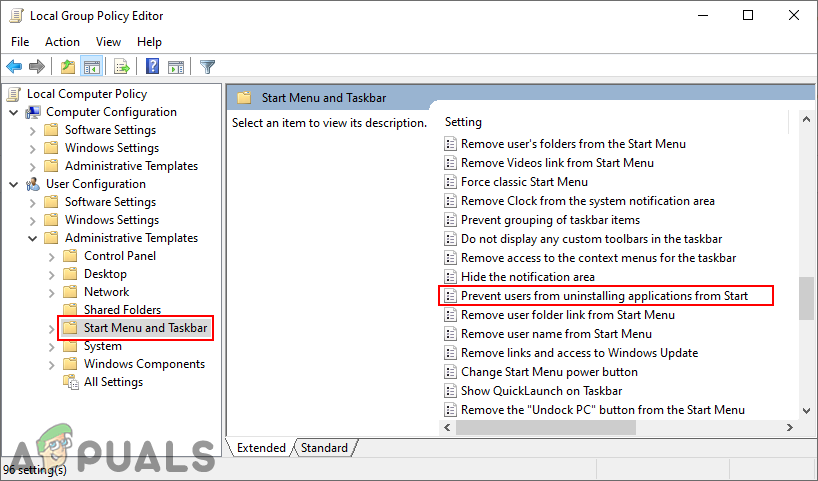
Navigating to the setting - Double-click on the “Prevent users from uninstalling applications from Start” setting and it will open in another window. Now change the toggle option to Enabled, so you can enable this setting.
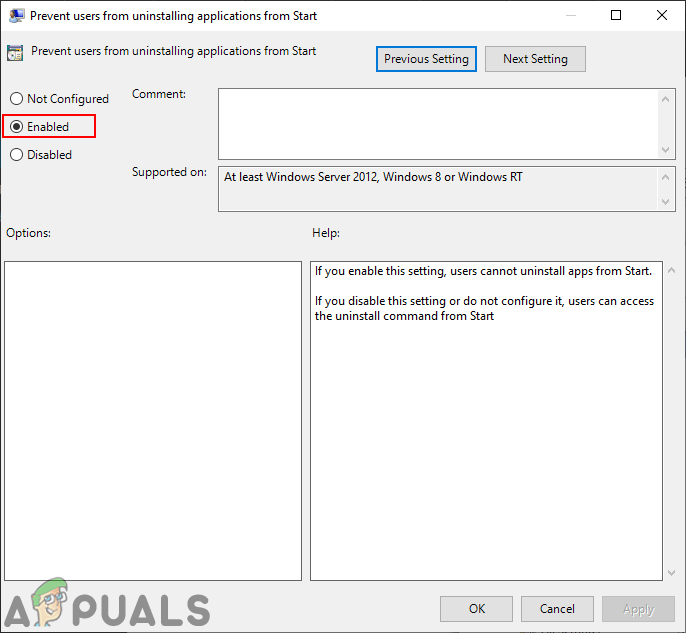
Enabling the setting - Click on the Apply or Ok button to save the changes made. This will remove the uninstall option from the Start Menu.
- To enable it back, you need to change the toggle option back to Not Configured or Disabled in step 3.
Method 2: Using the Registry Editor
The Windows Registry is a hierarchical database that contains all types of settings that the Windows operating system uses. This is an alternative method for disabling the uninstall feature from Start Menu. If you already used the Local Group Policy Editor method, then it will automatically update your registry regarding this setting. Before trying the below steps, you can create a backup to be extra safe. Follow the below steps to try it out:
- Press the Windows and R key combination to open a Run dialog. Next, type “regedit” and press the Enter key to open the Registry Editor on your system. If prompted by UAC, then click on the Yes button.
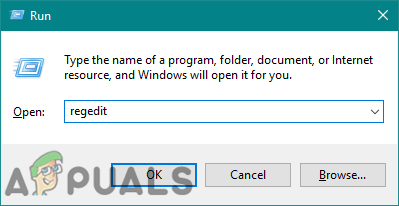
Opening the Registry Editor - In the Current User Hive, navigate to the following path:
HKEY_CURRENT_USER\Software\Policies\Microsoft\Windows\Explorer
- Right-click on the right pane of the window and choose the New > DWORD (32-bit) Value option. Name this newly created value as “NoUninstallFromStart“.
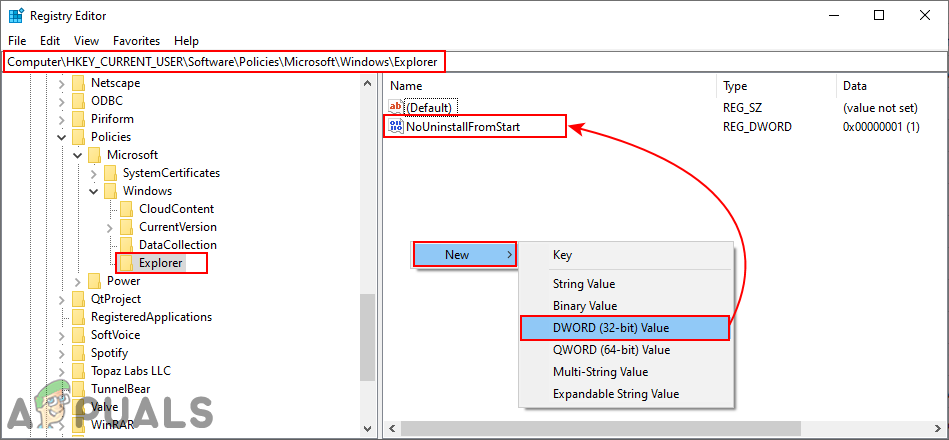
Creating a new value in Registry Editor - Double-click on this value and then change the value data to 1.

Enabling the value - Finally, make sure you restart your system after making the changes. This will remove the uninstall option from the Start.
- To enable it back, you will need to change the value data back to 0 or remove the value from the Registry.

